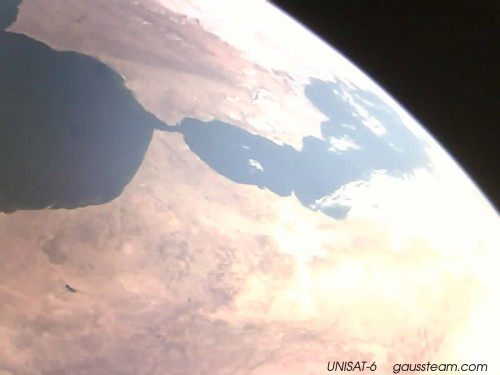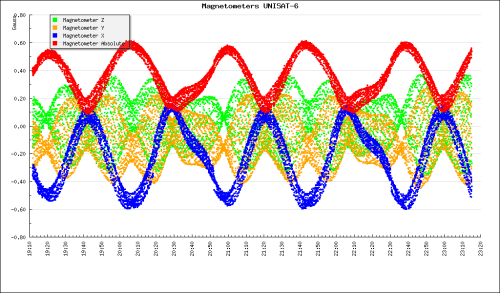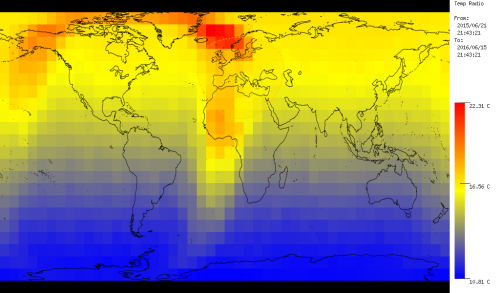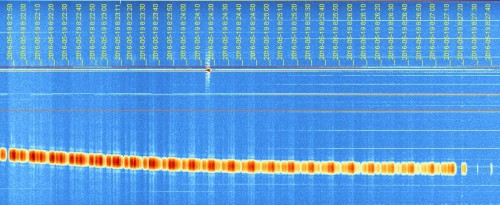UniSat-6 is turning two!
Two years have passed since the successful launch of the sixth satellite of the UniSat series, on the 19th of June 2014, from Yasny site onboard a Dnepr-1 rocket. Its mission accomplished, UniSat-6 is still giving its builders solid hints on how a small-sized satellite should work and showing the satellites community what can be achieved.

Picture of the Strait of Gibraltar as seen by UniSat-6 last 31st of May 2016
How is UniSat-6 doing? It continues to be fully operative and its onboard systems are functioning well, thus letting the GAUSS team carry on with their experience while strengthening their knowledge. In fact, Unisat-6 continues to serve as a testing platform for electronics, as well as a lasting opportunity of enhancing communications through the radio frequencies and the creation of nice pictures that are available to radio amateurs. GAUSS engineers have had the chance to continue improving the data management from their ground station, receiving signals, downloading and processing data, listening to the satellite and getting the good-resolution snapshots that it is providing them. The satellites’ overall systems have increased their reliability.

UniSat-6 magnetometers reading during 2.5 orbits on the 23rd of May 2016

UniSat-6 radio internal temperatures. The anomaly shows how the temperature raises after flying Europe due to the high use of the radio when flying over Rome Ground Station.
What happened over the second year of Unisat-6’s life? The satellite’s internal temperatures have been within the design range between -5 to 10C, The satellite suffers of seasonal drifts in its spin due to the magnetic rods, going from 10 degree per second in winter to 40 degree per second during the summer. The satellite has entered in ‘Safe Mode’ 6 times during the last 12 months, most of the times due to radiation effects on the flash memory, other 3 times due to ground operations. We have managed to download between 4 to 5 times more data from the satellite than in the first year, and we have also successfully tested different transmission speeds from ground. This year we have also sent 10 times more commands to the satellite than last year!

Data download of Unisat-6 as heard from “PE0SAT” -19/05/2016
During this second year in Space the satellite has reached the following milestones:
- Completed 10,757 orbits of Earth
- Flown 475,446,000km around our planet, three times the distance to the Sun!
- Downloaded around 400MB of data
- Collected 3,000 pictures of Earth
We have gotten a great support from the amateur radio community, we are still getting daily reports from as far as Japan and even the community managed to decode on their own picture data downloaded from the satellite!
We have been following the satellite’s passes mostly from our automatized ground station, as it orbits above the Rome Ground Station around 6 times a day.
“UniSat-6 still being operational marks a very good accomplishment!” say in chorus the team members that designed and produced Unisat-6, “The satellite is satisfying our expectations and enriching our wealth of experience”.
See our ground station in action
To know more about UniSat-6 you can visit the satellite’s dedicated page.
